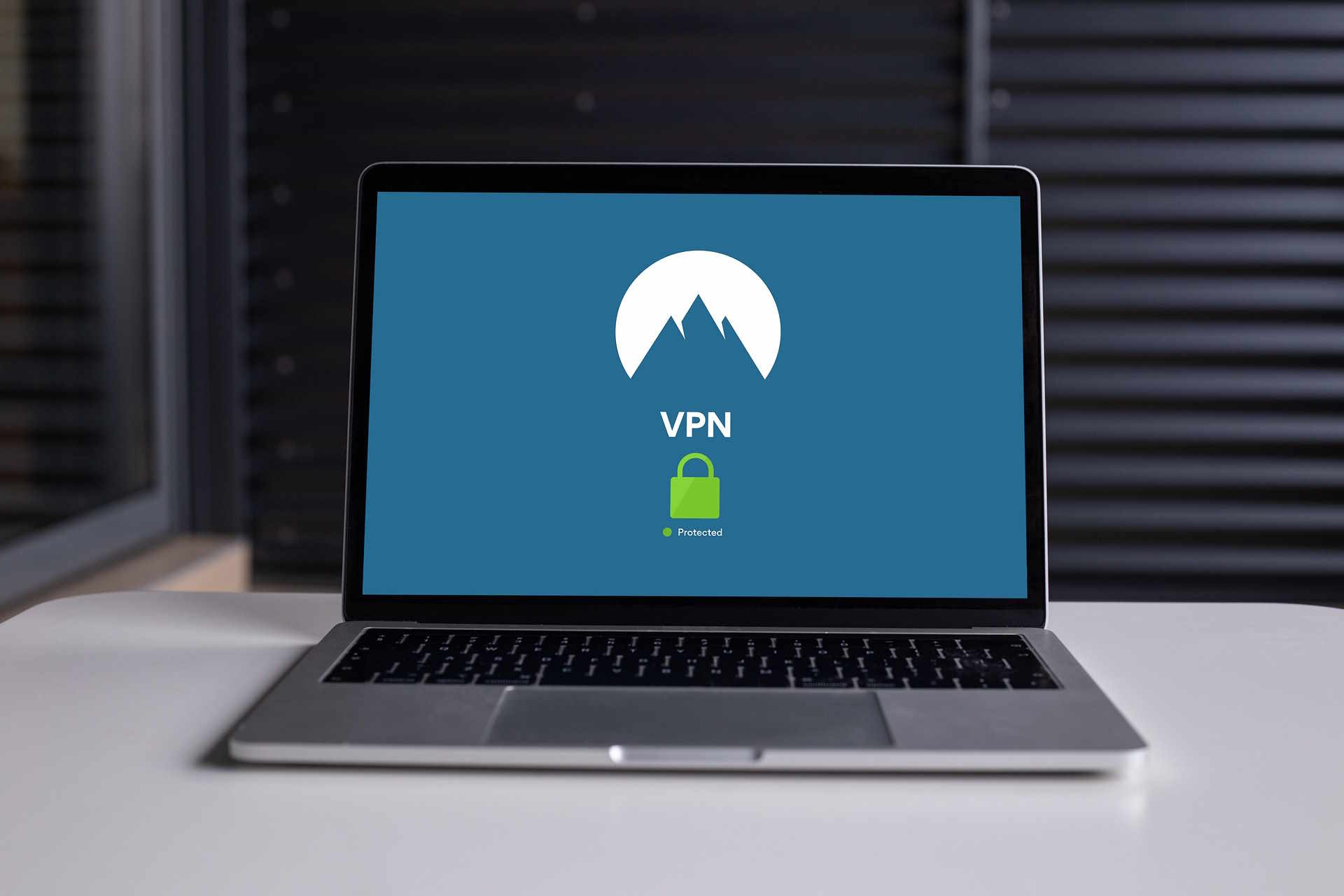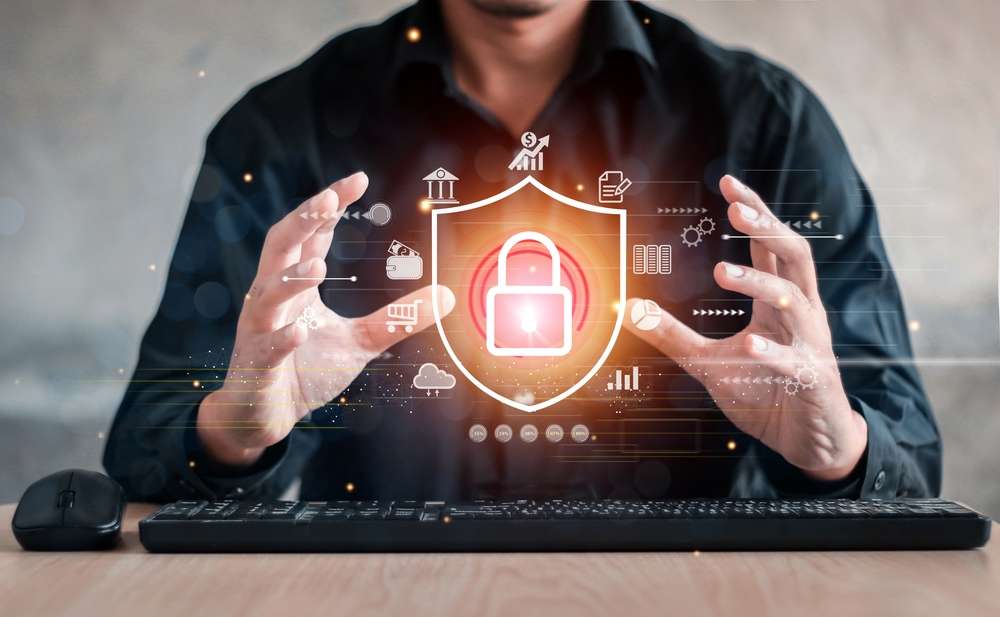Remote Device Management: Enhancing Flexibility, Security, and Connectivity
In today's rapidly evolving digital landscape, Remote Device Management (RDM) has become an essential tool for businesses and individuals alike. This technology allows users to access, control, and manage devices from a distance, offering unprecedented flexibility and efficiency. As remote work and digital connectivity continue to shape our world, understanding the key aspects of RDM is crucial for maximizing its benefits while ensuring security and ease of use.

What are the key features of remote access technologies that enhance flexibility and security?
Remote Device Management technologies have come a long way in providing robust features that prioritize both flexibility and security. One of the primary advantages is the ability to access and control devices from anywhere with an internet connection. This feature alone greatly enhances workplace flexibility, allowing employees to work remotely without compromising productivity.
Security is paramount in RDM solutions, and many technologies now incorporate multi-factor authentication (MFA) to ensure that only authorized users can access remote devices. Additionally, end-to-end encryption has become a standard feature, protecting data transmission between the remote device and the user’s access point.
Another key feature is the ability to implement granular access controls. This allows administrators to set specific permissions for different users or groups, ensuring that individuals only have access to the resources they need. This not only enhances security but also helps maintain data integrity and compliance with various regulations.
How do remote access solutions integrate with existing devices and networks?
The integration of remote access solutions with existing infrastructure is crucial for seamless adoption and operation. Modern RDM solutions are designed to be compatible with a wide range of devices and operating systems, including Windows, macOS, iOS, and Android. This cross-platform compatibility ensures that organizations can implement remote access without overhauling their entire IT ecosystem.
Many RDM solutions offer APIs (Application Programming Interfaces) that allow for integration with existing network management tools, security software, and productivity applications. This integration capability enables businesses to create a cohesive IT environment where remote access is just another component of their overall technology strategy.
Furthermore, cloud-based RDM solutions have gained popularity due to their scalability and ease of deployment. These solutions can often be integrated with existing cloud services, providing a unified management interface for both on-premises and cloud-based resources.
Why is a user-friendly interface important for effortless remote connectivity?
The importance of a user-friendly interface in remote access solutions cannot be overstated. A well-designed, intuitive interface reduces the learning curve for users, minimizes errors, and increases overall productivity. When remote connectivity is effortless, users are more likely to embrace the technology and use it effectively.
Key aspects of a user-friendly RDM interface include:
-
Clear and concise navigation menus
-
Customizable dashboards that display relevant information at a glance
-
Simplified connection processes with minimal steps
-
Visual representations of connected devices and their statuses
-
Easy-to-use troubleshooting tools and help resources
By prioritizing user experience, RDM solutions can significantly reduce the burden on IT support teams and empower users to manage their remote connections confidently.
What are the best security practices for protecting remote connections from unauthorized access?
Securing remote connections is paramount to prevent unauthorized access and protect sensitive data. Here are some best practices for enhancing the security of remote device management:
-
Implement strong authentication methods, including MFA and biometrics where possible.
-
Use robust encryption protocols for all data transmissions.
-
Regularly update and patch RDM software and all connected devices.
-
Employ strict access controls and the principle of least privilege.
-
Monitor and log all remote access activities for auditing purposes.
-
Utilize Virtual Private Networks (VPNs) for an additional layer of security.
-
Educate users on security best practices and the importance of strong passwords.
-
Implement device lockout policies after multiple failed login attempts.
-
Use remote wipe capabilities for lost or stolen devices.
-
Regularly conduct security assessments and penetration testing of the RDM infrastructure.
What tips should be considered when selecting remote access solutions for diverse lifestyle needs?
Selecting the right remote access solution is crucial for meeting diverse lifestyle and business needs. Here are some tips to consider:
-
Assess your specific requirements: Determine the types of devices and operating systems you need to support.
-
Consider scalability: Choose a solution that can grow with your needs.
-
Evaluate security features: Ensure the solution offers robust security measures that align with your risk tolerance.
-
Check for cross-platform compatibility: Look for solutions that work across various devices and operating systems.
-
Assess the user interface: Opt for solutions with intuitive interfaces that require minimal training.
-
Consider integration capabilities: Choose a solution that can integrate with your existing tools and workflows.
-
Evaluate support and maintenance: Look for providers offering reliable customer support and regular updates.
-
Consider compliance requirements: Ensure the solution meets any industry-specific regulations you must adhere to.
-
Test before committing: Take advantage of free trials to ensure the solution meets your needs.
-
Consider total cost of ownership: Factor in both upfront and ongoing costs, including licensing, training, and support.
By carefully considering these factors, individuals and organizations can select a remote access solution that not only meets their current needs but also adapts to future requirements, ensuring long-term satisfaction and return on investment.




